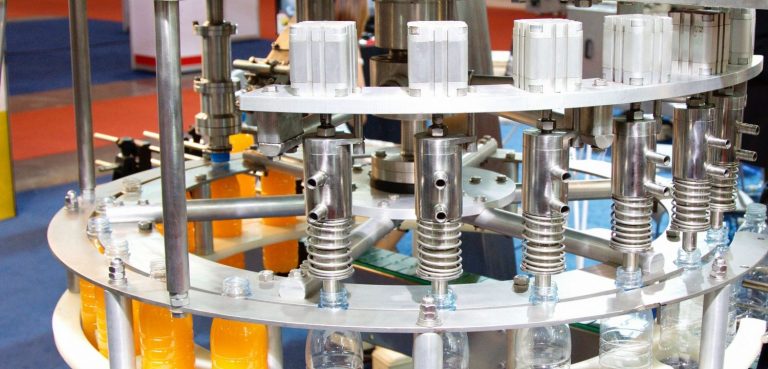Often when it comes to producing a part or component, the Original Equipment Manufacturer works with a precision machining service to complete the job. In today’s manufacturing sector, it is very unusual for an OEM to actually produce all of the parts and components, and in many cases, they may simply use a contract manufacturer, or a series of partners, to complete the full production and assembly.
Choosing the right service for CNC milling and turning for parts and components in any industry is important. The best service provides the precision milled and turned parts required, and they also offer value-added services such as assembly, fabrication, welding, and finishing of the metal to simplify the manufacturing process and help to reduce production costs.
CNC Milling
When it comes to CNC milling and turning, it is possible for the OEM to not understand the differences in the two processes. However, there are important considerations that can help determine which is the best option to produce the part to the specifications required.
With CNC milling, the computer controls the cutting tools to shape the part, and these cutting tools move along a number of pathways on specific axes. The number of axes will depend on the type of equipment and can range from 3 to 5 axis systems.
CNC Turning
Like CNC milling, CNC turning is also computer controlled which results in very precise final parts through the process. The turning process allows the cutting tool to remove material from the outside or the inside of the workpiece across two axes of motion.
The cutting tool is held parallel to the workpiece, which provides for precision shaping of symmetrical parts and components. CNC turning is used to create tubular or round shapes quickly and to the desired tolerances.
There are differences to consider in the choice of CNC milling and turning. Talking with an experienced CNC machining service helps identify the best option for any given prototype or full production requirement.








